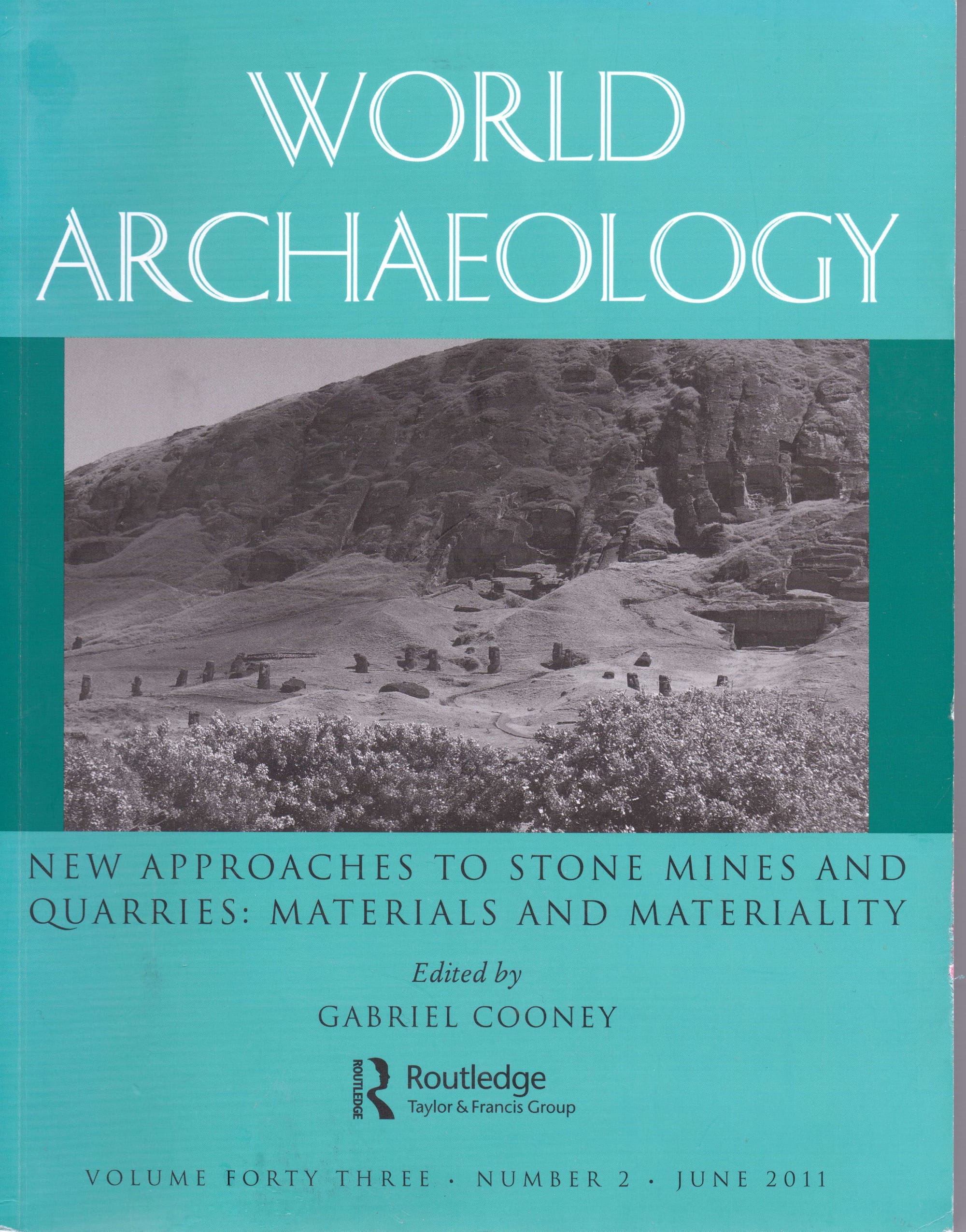Ancient quarries in mind: pathways to a more accessible significance

Ancient quarries are some of the hardest ‘cultural landscapes’ to visualise, given the nature of their material remains being usually mundane and often scattered over large areas. As non-monumental sites they largely figure low on heritage conservation agendas, in public consciousness, and are still rather peripheral to archaeological research as they are often seen in a limited usually technological context. These aspects combined have contributed to their gradual disappearance and/or neglect. This paper discusses the development and deployment of a methodology that can provide frameworks through which the significance of quarries can be made more accessible to a much wider audience. Case studies from three diverse quarries in the Eastern Mediterranean demonstrate the flexibility of this method, in terms of how we go about evaluating significance at the broadest possible level. Connecting people, past and present, with quarries allows us to convey them as integral to other places, and/or social transformations of more widely known historical significance.
Bloxam, E. 2011. Ancient quarries in mind: pathways to a more accessible significance. World Archaeology Vol 43 (2) 149-166. A pdf of this publication is available on request from the author or from Taylor & Francis publications: https://www.jstor.org/stable/41308492